|
June is on the cusp of summer, and in addition to the songbirds of May, we see hummingbirds in larger numbers, coming to nectar feeders as well as flowers in bloom. Broad-tailed and Rivoli’s are regulars on the mountain this month, and Rufous will make a stopover in August on their migration south. Here is a sampling of what we will see. Broad-tailed Hummingbirds winter in pine-oak forests and tropical highlands of Mexico, and breed in high-elevation meadows near pine-oak and evergreen forests from Mexico north to Colorado, Utah, Idaho and Nevada, including Arizona. The birds we are seeing now are likely here to breed. They are iridescent green above with greenish or buffy flanks, with a white chest and white line down the belly. Adult males have a magenta gorget (throat). Females and juveniles have green spots on their throats and cheeks and a pale eye ring. They eat insects, nectar from flowers, and of course, sugar water from nectar feeders. The images below were both shot in Summerhaven, the first a male Broad-tailed from May 10, 2020, the second a female feeding at flowers August 27, 2017. Rivoli’s Hummingbirds were known as the Magnificent until 2017 when the one species was split into two, Rivoli’s in the north, and the Talamanca further south in the Costa Rica highlands and Western Panama. Rivoli’s are among the largest of Hummingbirds, evident if you see them on a feeder with other hummers. The males have a purple crown, emerald throat, and a green back, with a white dot behind the eye. In low light the birds look very dark. The females are green above and grayish below. They live year-round in pine oak forests of central and southern Mexico, breeding north in Mexico and just over the border into SE Arizona. They sip nectar from flowers and feeders and eat insects from plants or in mid-air. They nest at 5,000 to 9,000 feet along stream beds, making Summerhaven an ideal location. Nests are tough to see, typically on a horizontal branch over a stream, commonly at 20 feet or higher The images below are of males in good light from Madera Canyon, March 2018. Madera Canyon, like Summerhaven, is a riperian area, favored by this species. One of our more impressive and entertaining hummingbirds is the Rufous, a small and energetic winter resident of Mexico known for very long migrations (up to 4,000 miles) to breed in the Pacific Northwest, Canada and Alaska, going up the Pacific Coast in the spring, returning in summer and fall down the Rocky Mountains following wildflower blooms. Males commonly arrive at feeders here on their way south in late July and into August. Males in good light are bright orange on the back and belly with an iridescent red throat. Females are green above, with rufous flanks, rufous patches in the green tail, and often a spot of orange on the throat. Rufous hummingbirds are very aggressive at feeders, often staking out a feeder and chasing away all others. Only the Rivoli’s stays put, ignoring the frantic gyrations of the Rufous. Image below is a male Rufous Hummingbird captured at Battiste Bed Breakfast and Birds in Hereford, Arizona, March 2018. Below, two images of female Rufous Hummingbirds, captured in Summerhaven August 2018. Mature Anna’s and Broad-billed’s can be seen at Molino Basin and the Hitchcock campground during the summer. Immature Anna’s will appear on the mountain in late summer after they have fledged in Tucson. So fill your feeders with fresh nectar (sugar-water, no coloring), clean off your binoculars, and enjoy the hummers of summer! On-line reference: The Cornell Lab All About Birds. And, many thanks to Marty Herde for sharing her observations as an ace birder and Summerhaven resident! That's all for now! Stay tuned, more on the way from Portal AZ from April 2021. Happy trails!
0 Comments
Leave a Reply. |
AuthorHenry Johnson, photographer and author of this site. For more detail, see About
Categories
All
Archives
July 2024
|
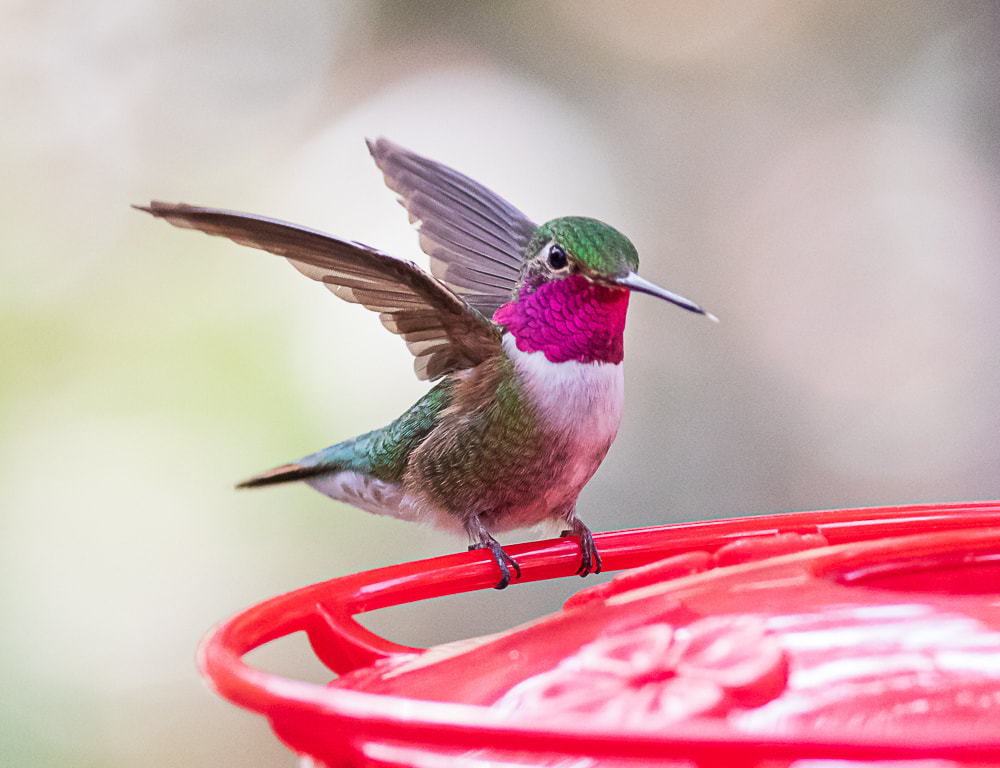
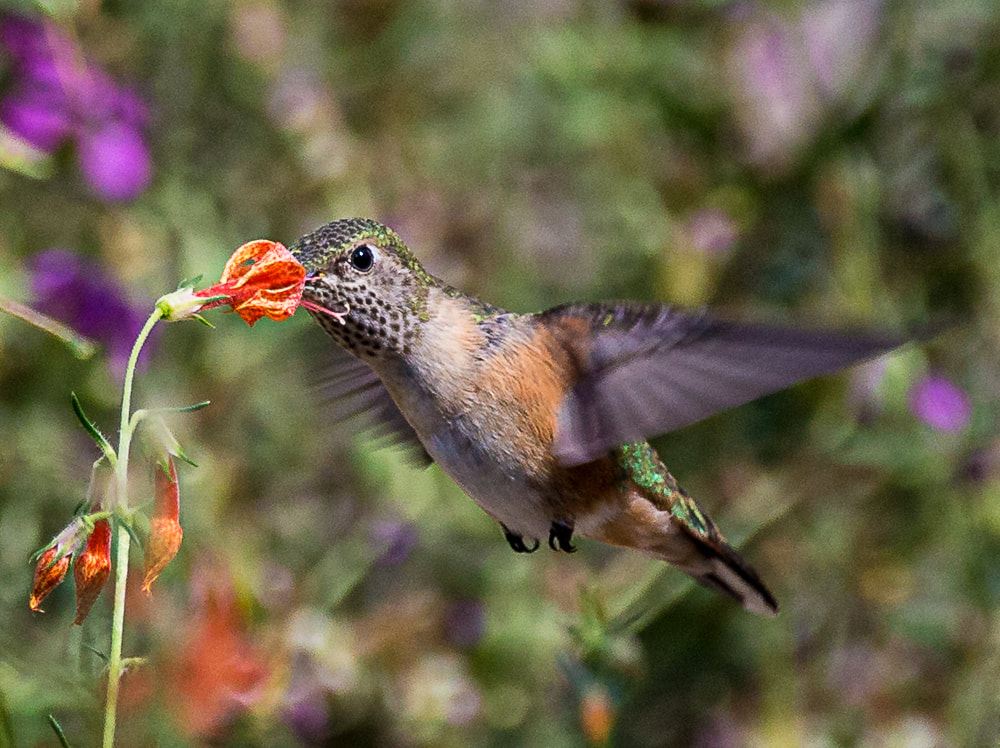
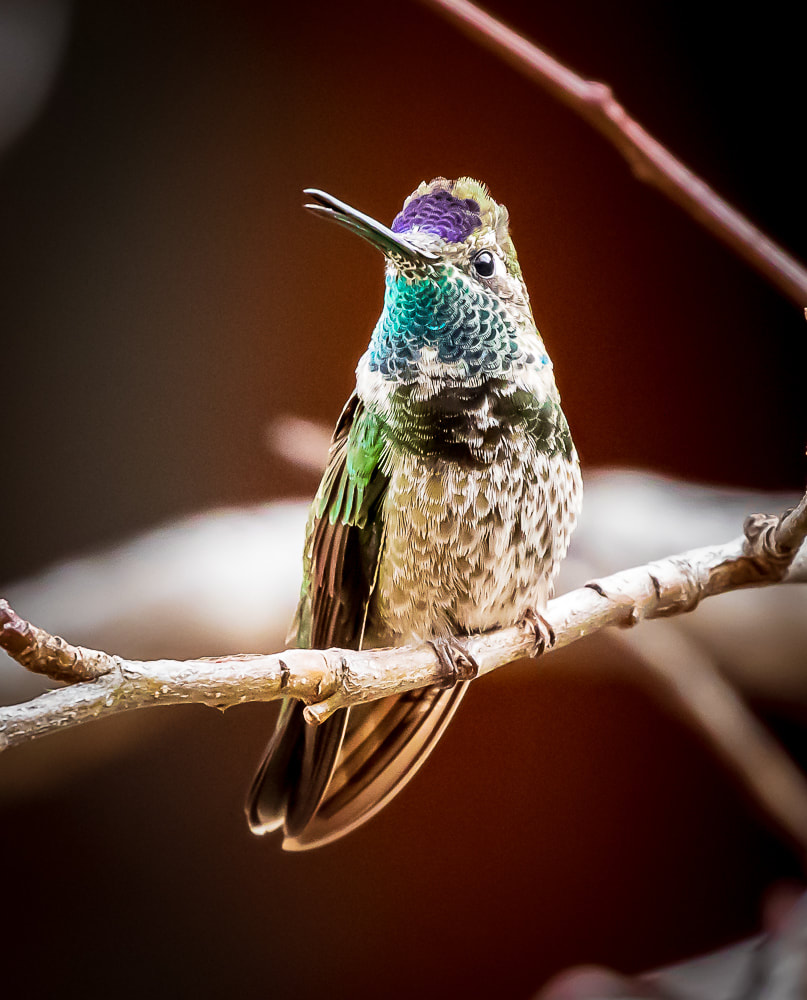
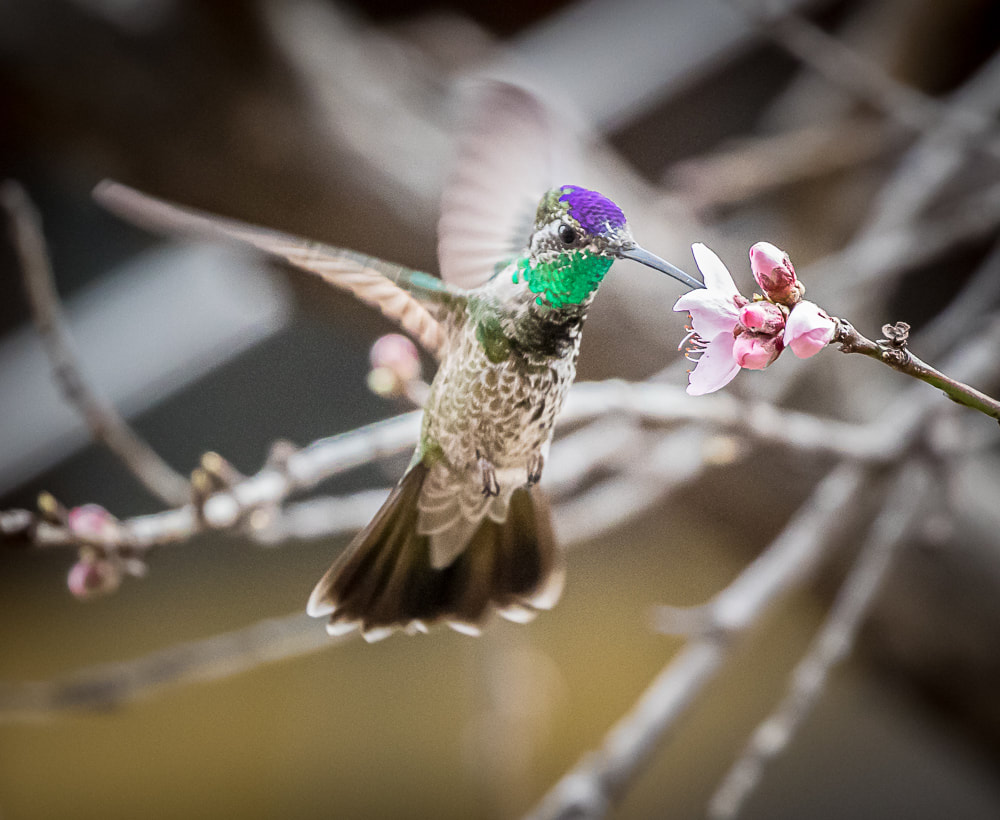
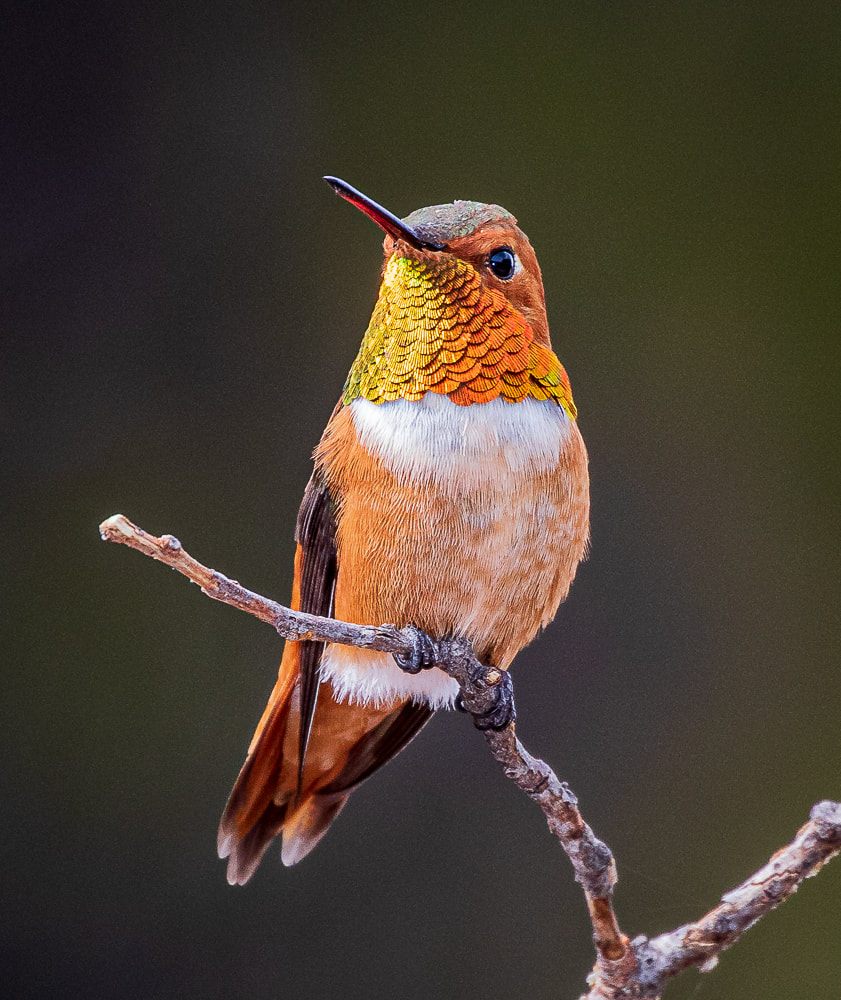
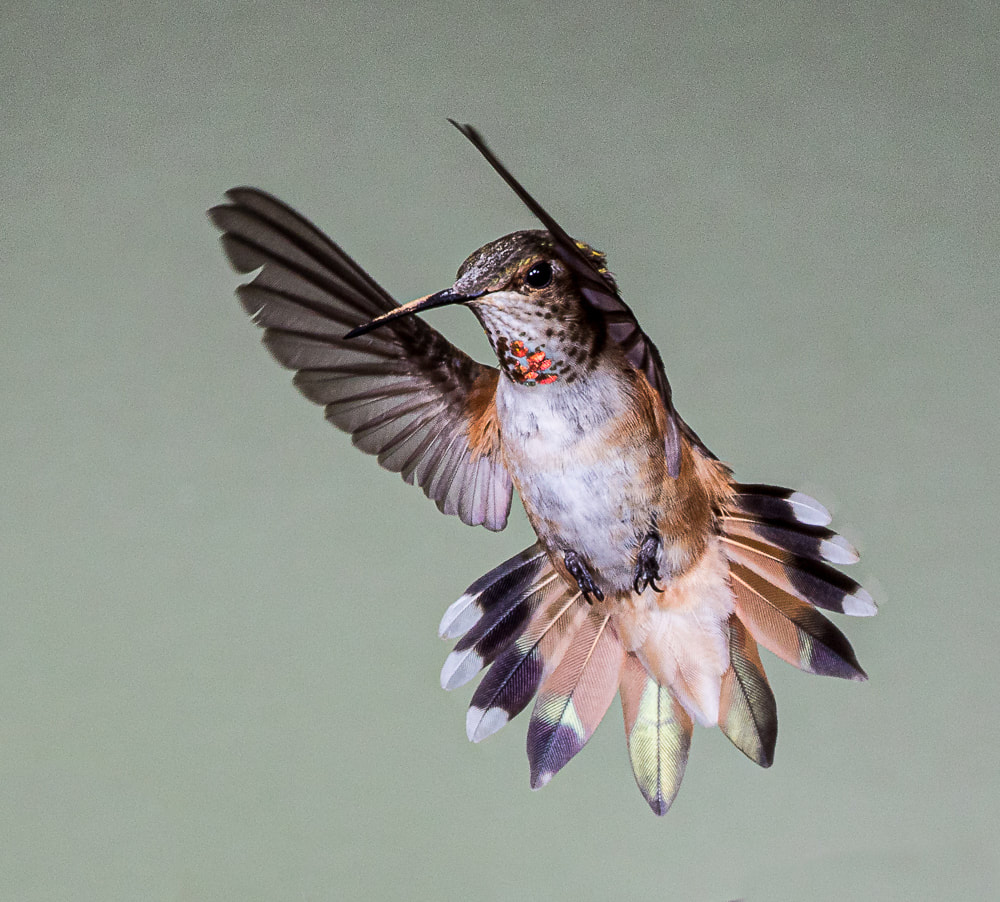
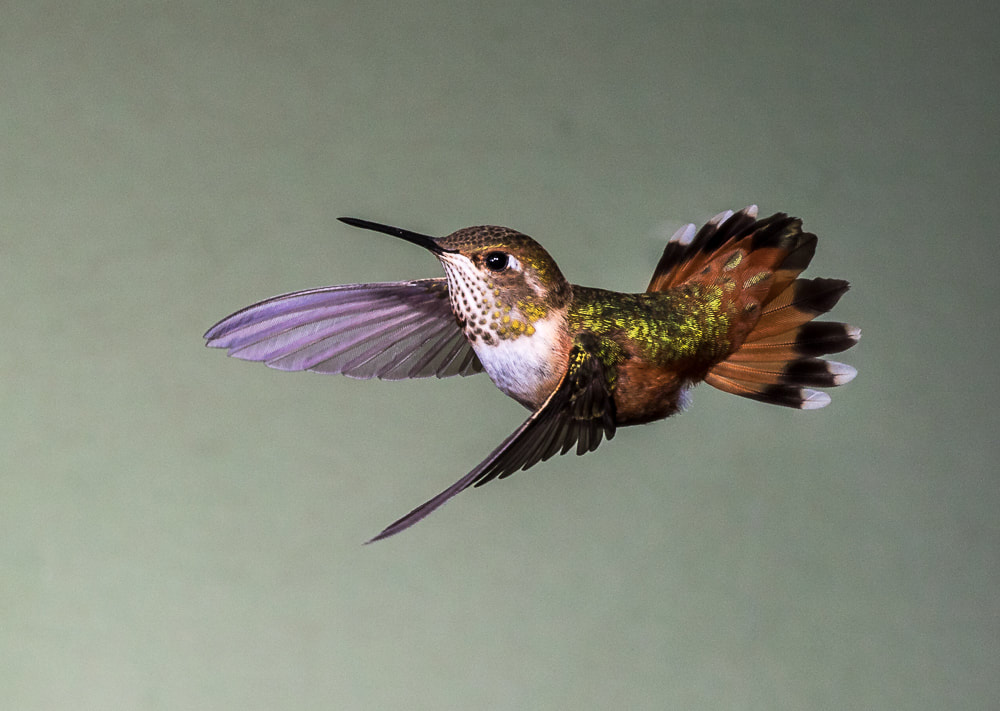
 RSS Feed
RSS Feed